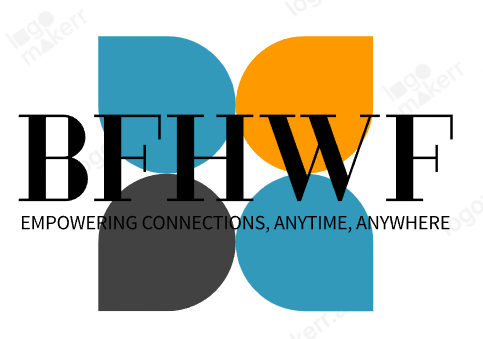
The Psychological Power of Colour in Digital Marketing
Colour plays a crucial role in online marketing, influencing consumer perception, brand identity, and purchasing decisions. The right choice of colour can evoke emotions, create a sense of trust, and guide user behaviour on websites, advertisements, and social media platforms. Businesses that understand the impact of colour psychology can enhance their digital marketing strategies to increase engagement and conversions.
How Colour Influences Consumer Behaviour
Different colours trigger different emotional responses, shaping how consumers interact with a brand. Red, for instance, is associated with urgency, excitement, and passion, making it a popular choice for call-to-action buttons and promotional banners. Blue conveys trust, reliability, and professionalism, which is why it is often used in banking and corporate branding. Green is linked to nature, health, and sustainability, making it effective for eco-friendly brands and wellness products. Understanding these associations helps businesses design visuals that resonate with their target audience.
Colour and Brand Identity
A brand’s colour scheme is a key component of its identity and helps create a lasting impression. Strong, consistent use of colour across digital platforms builds brand recognition and loyalty. Companies like Coca-Cola, McDonald’s, and Facebook have successfully leveraged colour to make their brands instantly recognisable. Choosing a distinct colour palette ensures that marketing materials stand out and reinforce brand messaging, whether on websites, social media, or email campaigns.
The Role of Colour in Website Design
The colour scheme of a website affects user experience, engagement, and conversion rates. A well-balanced colour palette improves readability, highlights key content, and enhances navigation. Contrast is particularly important, as it helps draw attention to calls-to-action, such as ‘Buy Now’ or ‘Sign Up’ buttons. Too many conflicting colours can overwhelm users, while a harmonious colour scheme fosters a smooth and pleasant browsing experience. Thoughtful use of colour in website design encourages visitors to stay longer and interact more with the content.
Colour and Social Media Engagement
On social media, visually appealing content is more likely to capture attention and encourage engagement. Different platforms favour different colour approaches; for example, Instagram posts with warm, vibrant colours tend to perform well, while LinkedIn content benefits from a more professional and muted palette. Video thumbnails, carousel posts, and ad creatives all rely on colour to draw users in. Marketers who use contrasting colours and strategic colour combinations can improve click-through rates and overall social media impact.
The Influence of Colour in Email Marketing
Email marketing campaigns can benefit greatly from a carefully chosen colour scheme. Attention-grabbing subject lines, well-designed headers, and call-to-action buttons all depend on colour to guide recipients’ eyes towards important information. Warm colours like orange and red create urgency, making them effective for limited-time offers, while blue and green promote trust and calmness, ideal for informative newsletters. A well-thought-out colour strategy in email design ensures higher open rates and increased engagement.
Cultural Considerations in Colour Psychology
The meaning of colours varies across cultures, making it essential for global brands to consider local preferences and associations. While white represents purity and simplicity in Western cultures, it is often associated with mourning in some Asian countries. Red symbolises luck and prosperity in China but may indicate danger or warning elsewhere. Understanding these cultural differences ensures that colour choices in digital marketing do not unintentionally alienate or miscommunicate with international audiences.
Testing and Optimising Colour Choices
A/B testing different colour variations in ads, landing pages, and email campaigns helps determine which colours perform best with a target audience. By analysing user responses, businesses can refine their digital marketing strategies for maximum effectiveness. Colour preferences may also change based on industry trends and seasonal influences, making it important to stay adaptable and experiment with new palettes when necessary.
Leveraging Colour for Marketing Success
Colour is a powerful tool in online marketing that influences consumer emotions, behaviour, and engagement. Whether used in branding, website design, social media, or email campaigns, strategic colour choices can enhance visual appeal and improve conversions. Businesses that understand the psychology of colour and test their approaches regularly can create compelling digital marketing experiences that leave a lasting impression on their audience.
